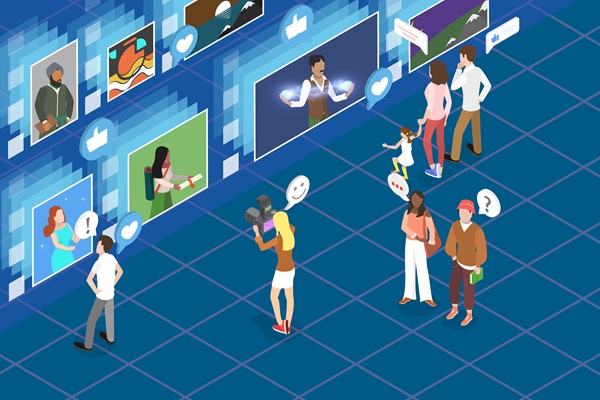Enriching history education through ICT

Digital technologies can make history education more accessible and entertaining in many ways. ICT not only provides access to a wide range of historical source material, but it also allows teachers to help pupils develop historical enquiry skills, and promotes collaboration among students to help them develop historical arguments, thinking and understanding.
Digital archives and virtual museums
Students who have access to primary sources where they can see and experience real history first-hand are better able to understand historical events and situations.
Digitised archives and virtual museums give teachers and pupils access to extensive historical records, artefacts and artworks. These resources are freely available online, giving teachers and learners access to previously inaccessible original sources. EU-funded initiatives such as Archive Portal Europe and Europeana offer access to millions of digitised objects and visuals from European museums, galleries and archives.
Many major European museums and historic sites – including the Louvre in Paris, the British Museum in London or the – offer virtual tours enabling learners to visit these places online.
Interactive applications and immersive technologies
Teachers can build interesting history coursework with digital tools like Historiana, an interactive platform created by EuroClio, the European Association of History Educators. It provides interactive timelines, lesson plans and multimedia content, and fosters a more dynamic and participative learning environment to facilitate collaborative learning.
The ErasMUSeum project created a mobile app that offers easy access to cultural and historical learning through smartphones and is applicable to history, social studies and foreign languages. The app aims to increase the intercultural knowledge of students by explaining the cultural and historical values of different countries.
Another Erasmus+ project used immersive technologies, such as virtual and augmented reality, to explain historic events and places, and to enhance pupil’s creative capacity and imagination.
Digital tools and materials can increase inclusivity and accessibility in history education and therefore encourage pupils’ analytical and critical thinking skills. Students learn how to assess sources, identify prejudice and understand different points of view – all important capabilities for navigating our information-rich environment.
Further reading
Additional information
-
Education type:School Education
-
Target audience:TeacherStudent TeacherHead Teacher / PrincipalPedagogical AdviserTeacher EducatorResearcher
-
Target audience ISCED:Primary education (ISCED 1)Lower secondary education (ISCED 2)Upper secondary education (ISCED 3)
